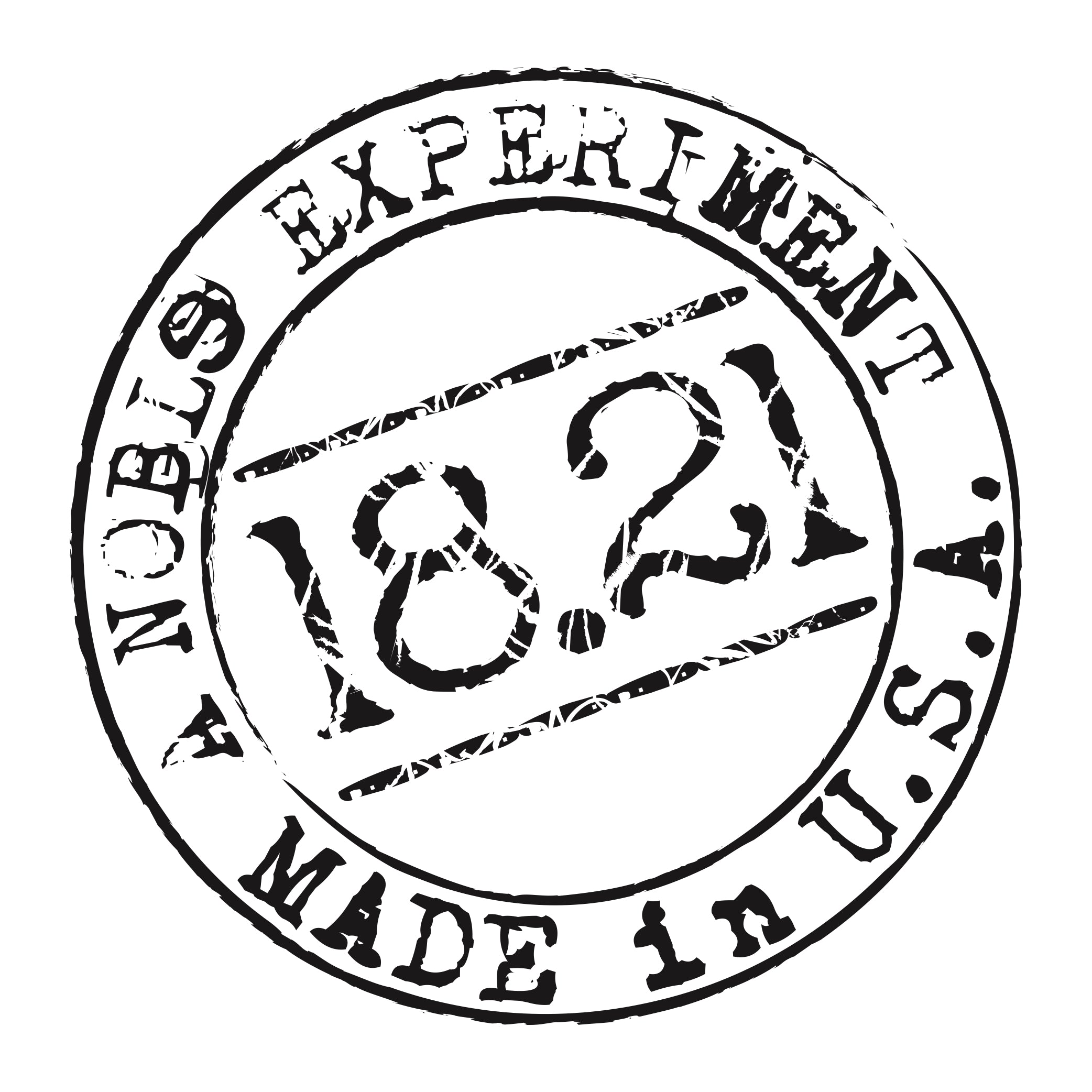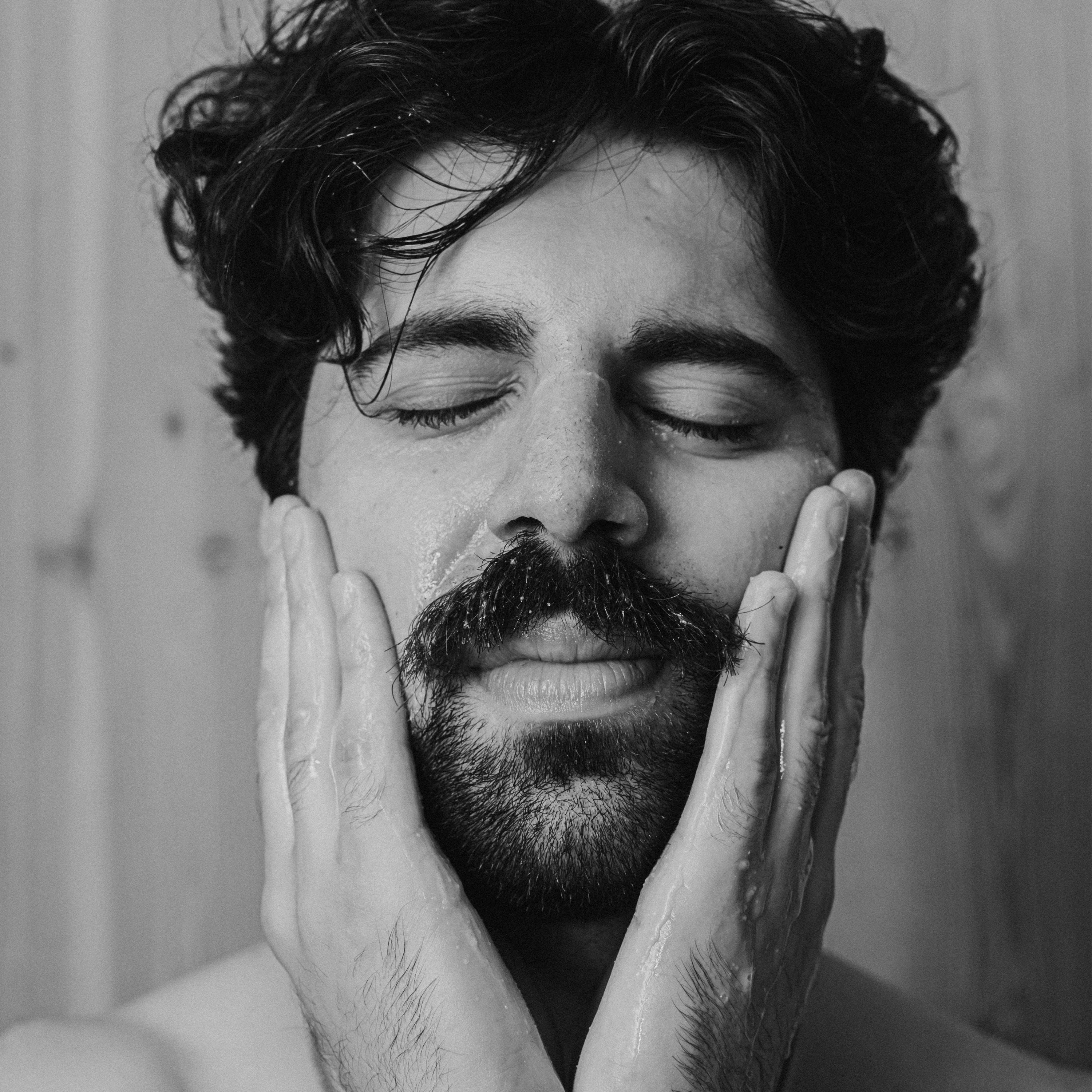
How to Fix a Patchy Beard – Tips and Tricks
Uncover the secrets of how to fix a patchy beard with bespoke advice for cultivating maximal growth and refining your aesthetic. This guide highlights the origins of uneven growth, curates a personalized grooming practice and incorporates lifestyle modifications to nurture beard development. Venture into the realm of aesthetic augmentations and medical solutions for those facing chronic patchy beard issues.
“Whispered remedies for a beard in distress.Unveiled secrets to cultivate growth with finesse.”
Understanding Patchy Beards
Understanding patchiness and how to fix a patchy beard can help guide you through your quest to create an image as elusive as you are.
What Is a Patchy Beard?
Characterized by uneven growth, a patchy beard happens when facial hair grows thick in some areas but remains thin or non-existent in others. Patchy beards are typically influenced by genetic, nutritional, hormonal and health-related factors.
What Causes Beard Patchiness?
- Genetics: Genetics is a primary factor in determining beard thickness. If close male relatives have patchy beards, you’ll likely experience similar growth patterns.
- Underlying Health Conditions: Certain medical conditions can contribute to beard patchiness, such as alopecia areata, thyroid disorders and skin conditions.
- Hormonal Imbalances: Low levels of testosterone and dihydrotestosterone hormones can result in hair patchiness.
- Nutritional Deficiencies: A lack of minerals like iron, zinc, omega-3 fatty acids or vitamins D and E can affect facial hair growth.
"In the realm of grooming, regularity's the boss.
Polish your beard with finesse, and let its swagger cross the moss."
Establishing a Comprehensive Grooming Routine
A frequent and consistent grooming routine can improve the health of your skin and follicles and promote new or thicker hair growth to help fix a patchy beard.
Importance of Regular Beard Washing and Conditioning
Regularly washing and conditioning your beard can help maintain healthy skin and facial hair, improving the conditions for hair growth and optimizing the overall look of your beard. Keep in mind that:
- Clogged hair follicles can lead to irritation and inflammation, which may hinder beard growth.
- Excessive facial oil can block pores and follicles, lead to buildup and make your beard appear greasy.
- Neglecting proper beard hygiene can result in itchiness, redness and skin conditions like – which can damage hair follicles.
- Using medicated or specialized products, along with daily washing, can help improve the health of your hair and skin.
- Using a conditioner can improve your beard’s texture, nourish the hair and make your beard appear fuller.
- Massaging your beard can help improve blood circulation and promote a healthier environment for hair growth.
Exfoliate to Remove Dead Skin Cells and Promote Hair Growth
Exfoliation prevents clogged pores and ingrown hairs, increases the absorption and effectiveness of beard care products and removes dead skin cells. Regular exfoliation can help promote a healthier, fuller beard and reduce the appearance of beard patchiness.
Avoid Excessive Plucking or Shaving
Plucking stray hairs or shaving often to encourage thicker hair growth may seem like harmless tactics. But doing either can lead to follicle damage, make it more difficult for hair to grow back and worsen beard patchiness. Shaving often won’t create thicker hair – in fact, it may cause irritation and ingrown hairs, which can prevent proper hair growth.
Trimming and Shaping Techniques to Encourage Even Hair Distribution
Trimming and shaping your beard can help create a neat appearance and encourage healthier hair growth. Removing damaged hair and spreading out hair may camouflage beard patchiness and create a fuller, more even-looking beard.
Using Beard Oils and Balms for Nourishment and Styling
and hydrate the hair and skin, which promotes healthy growth and softens hair for easy styling. These products can help reduce the appearance of beard patchiness and turn grooming into an elegant art form used to create a more uniform, lush beard.
“Nourish from within, grow from the root.
Habits reformed lead to beards transformed.”
Lifestyle Modifications to Support Beard Growth
Changing everyday habits like your diet, exercise routine, stress levels and sleep can support beard growth.
- Healthy Diet: A diet rich in vitamins A, C, D, E and B-complex, along with omega-3 fatty acids and minerals like iron and zinc, can improve the health of hair follicles and stimulate facial hair growth.
- Regular Exercise: Consistent exercise can balance hormones and improve blood circulation – which stimulates hair follicles and encourages them to produce more and healthier hair – thus supporting the growth of an even, dense beard.
- Stress Management: Properly managing stress can help lower cortisol levels, which negatively impact hair growth.
- Getting Adequate Sleep: Sleep regulates testosterone and growth hormones and can help improve the hair growth cycle to help minimize the appearance of beard patchiness.
Cosmetic Enhancements and Medical Interventions
There are various temporary and permanent solutions available for those wondering how to get my beard to fill in:
- Beard Dye: Carefully dyeing a patchy beard to match the natural color of the darker hairs can enhance the evenness and create an illusion of fullness.
- Beard or Eyebrow Pencils: These affordable tools can be used to quickly draw small, hair-like strokes to temporarily fill in minor patches.
- Beard Growth Supplements: These products contain various minerals, vitamins and other nutrients that can help support hair growth and health.
- Topical Treatments: Natural oils and certain medications can stimulate hair follicle activity and promote facial hair growth.
- Beard Transplants: Surgical procedures can be performed to transplant hair follicles from one part of the body to another to grow hair in sparse regions.
“Engraved in memory. Forever etched in style.
Impeccable grooming rituals, leaving an indelible mark on the canvas of time.”
Now that you understand how to fix a patchy beard, it’s time to tastefully style your facial hair and create an appearance that forever imprints upon the memory of onlookers. Check out our selection of shave and beard products online or visit the nearest 18.21 Man Made retailer to refine your style and underscore your sophistication.
FAQs:
Can Patchy Beards Be Fixed?
Yes, patchy beards can be improved through a combination of grooming, lifestyle modifications and cosmetic enhancements. Keep in mind that some patchiness may be permanent.
How Long Does It Take to Grow a Full Beard?
The timeline depends on genetics and other factors. It can take months for some men to grow a full beard.
What Are the Best Vitamins for Beard Growth?
Vitamins A, C, E and B can all help promote healthy hair growth, including beard growth.
Can Stress Affect Beard Growth?
Yes, chronic stress can lead to hormonal imbalances that prevent hair growth. Managing stress through techniques like meditation and exercise can help support beard growth.
Is Beard Transplantation a Permanent Solution for How to Fix a Patchy Beard?
While beard transplantation can be an effective solution for beard patchiness, remember that it’s a surgical procedure with potential risks and costs to consider and may not work for everyone.




